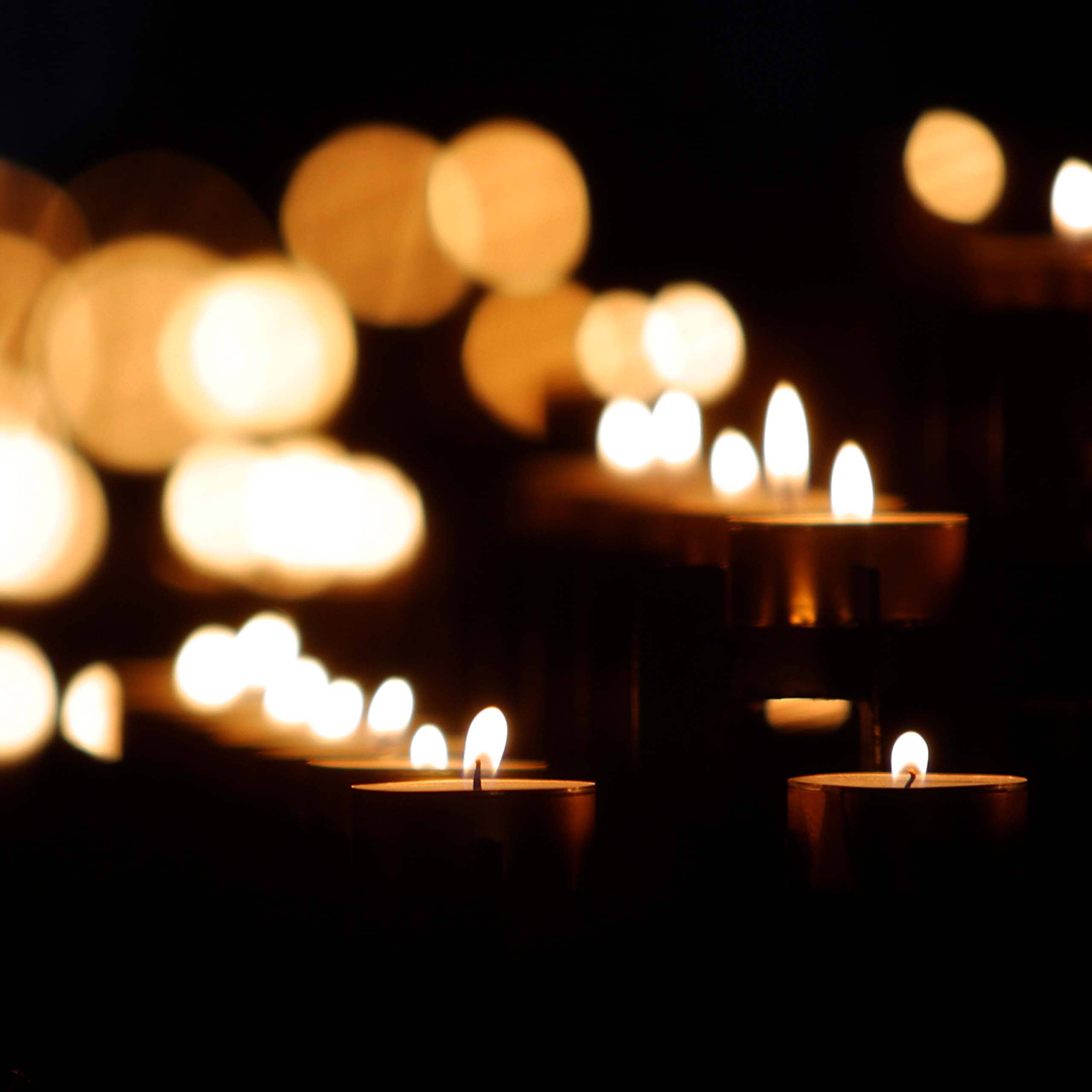
Photo via Pexels
Drop down dew, ye heavens, from above, and let the clouds rain the just: let the earth be opened, and bud forth a savior: and let justice spring up together.
There is a particular Marian devotion that gave rise to, well, an early rise on a restful and wintry Sabbath morn and a visit to a candle-lit (and usually cold) Church to hear hauntingly beautiful Gregorian Chant. It is called the Rorate Mass in Honor of Our Lady, and it is celebrated early in the morning on a Saturday in Advent. The Mass begins before dawn and is celebrated entirely by candlelight to call to mind the long wait in darkness for the Light of the World.
The title Rorate comes from the first words of the Introit (the Roman Rite’s prescribed “entrance hymn”) for the Fourth Sunday of Advent: Rorate caeli, “Drop down dew, ye heavens.” The text is from Isaiah 45:8: “Drop down dew, ye heavens, from above, and let the clouds rain the just: let the earth be opened, and bud forth a savior: and let justice spring up together.”
The same Introit is used for for one of Our Lady’s oldest and most precious feasts in the Latin Church, celebrated on or around December 18: the feast of Her Expectation. The Spanish in Toledo, in the mid-600s, were the first to talk about this feast, which calls to mind the fact that Our Lady’s fiat [“let it be done unto me according to thy word,” Luke 1:38) included nine months of carrying Our Lord in utero. Naturally, by 8 and ¾ months, she could hardly wait for the birth—hence the feast of Her Expectation.
What makes this text so special is that, although it comes from the prophet Isaiah, it describes the spirit that animated those who “went before and after” Our Lord: both those at the time of His triumphal entry into Jerusalem (see Matthew 21:9; Mark 11:9), as well as those who in anticipation or happy recollection saw Him in the Spirit as “the just one…a savior.” The Catholic Encyclopedia describes it well: the patriarchs desired this very thing—or better—this very Person. Our Lady, true to her Magnificat, desired this more than anyone had ever desired anything, excepting perhaps Our Lord’s own desire for the salvation of his holy ones, who were long in exile in a land foreign to them and to their fathers, as described in Isaiah 45.
Now, you may ask just how much Our Lady and the Patriarchs could have in common: she was a pure but fecund virgin; they were often polygamous, and one might question the sum of their moral fruits at certain points. In fact, the same accidental differences come up in a comparison between us and Our Lady and all the saints. To the contrary, we share the longing (the meaning of the Latin Expectatio, from that original feast) for a just one, a savior. And after so many pretenders, we realize that heaven alone can provide that savior. Yet we rejoice that the cloud of the Holy Spirit who so often accompanied the Israelites during the dark times overshadowed Our Lady and granted to dust of the earth the fullness of grace to bring forth that just savior!
So, although Isaiah and some of the Israelites may have seen in the pagan king Cyrus some dim hope of these virtues (see Isaiah 45:1–7), it was only in the Incarnation that these verses find their fulfillment, as St. Augustine pointed out in his work “On the Five Heresies” and as another Church council in Seville said in the 7th Century.
As we are in the last trimester, as it were, and counting down the days before the birth of Our Lord, let us call to mind the great grace we have received to have such a Savior born to us, for Whom the ancient Israelites longed—and for so long!
To see and hear:
A Rorate Mass celebrated by Cardinal Burke, who recently visited the Denver Archdiocese

